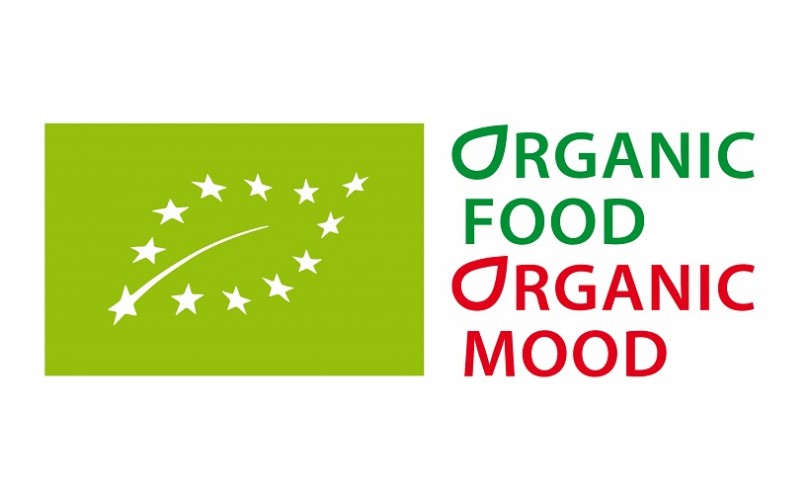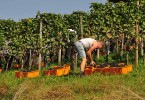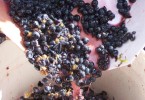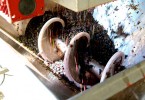Code of biologic wine: which are the rules?
After years (we were waiting for it since 1991) from the 8th February 2012 there is “biological wine” thanks to the approval of the European regulation, that have been published on the Official Journal of the Union the 9th March 2012.
The regulation states new rules also for the vinification and the viticulture and allow to write on the label of the recognized wine, the European logo.
The Standing Committee on Organic Farming, the permanent committee for biological agriculture approved the rules on the bio vinification, thus the European regulation is fully applied to the wine, in a process that go from the vineyard to the bottle, safeguarding both consumers but also the vine growers that apply the essential principles of biological both to the vineyard and the winery.
The process of approval hasn’t been that fast and the text doesn’t agree with what the sector of Italian biological wine proposed, but it is important that there is a compromise among all the European countries. It has been achieved also thanks to the initiative of AIAB inside the European Chart of the Bio Vinification and inside IFOAM-EU.
Biological wine code: biologic wine in the past

[wysija_form id=”7″]
Till today, it was impossible to label the wine just as “from grapes of biological agriculture” and it wasn’t allowed to use the European logo.
The regulation that entered immediately into force foresees the possibility to label as bio also the wine of previous years, if in compliance with the European laws. From the grape harvest 2012 disappeared, instead, the possibility to label the wine as “from grapes of biological agriculture”.
Biological wine code: the regulation
The contents of the code of conduct of biological wine foresees a series of restrictions of the use of certain oenological practices and other substances, besides the information concerning the limits of the use of sulphites.
The reduction of sulphites is of 50 mg/l for dry wines and 30 mg/l for sweeter wines. The member states can ask for a dispensation, justified by unfavourable climatic events.
In the cellar, some practices are forbidden such as the partial cold concentration hydrodesulfurization of musts, electrodialysis, partial decoloration and the treatment of wine with cationic exchangers. Other practices that should be limited are the thermic treatment, that can’t exceed the 70°C and the process of filtering that can’t be carried out with holes of a diameter below 0,2 micron.
As for the ingredients, they are allowed if they have a natural origin, preferable if biological, and the synthetic ones are limited. Dimethyl dicarbonate (DMDC), polyvinylpolypyrrolidone (PVPP), sulphites and ammonium bisulphites, ureases, mannoproteins, carboxymethyl cellulose, sorbate, lisozimus and beta-glucan despite their natural origin, are ingredients not allowed.
Imagine source:
www.federbio.it







